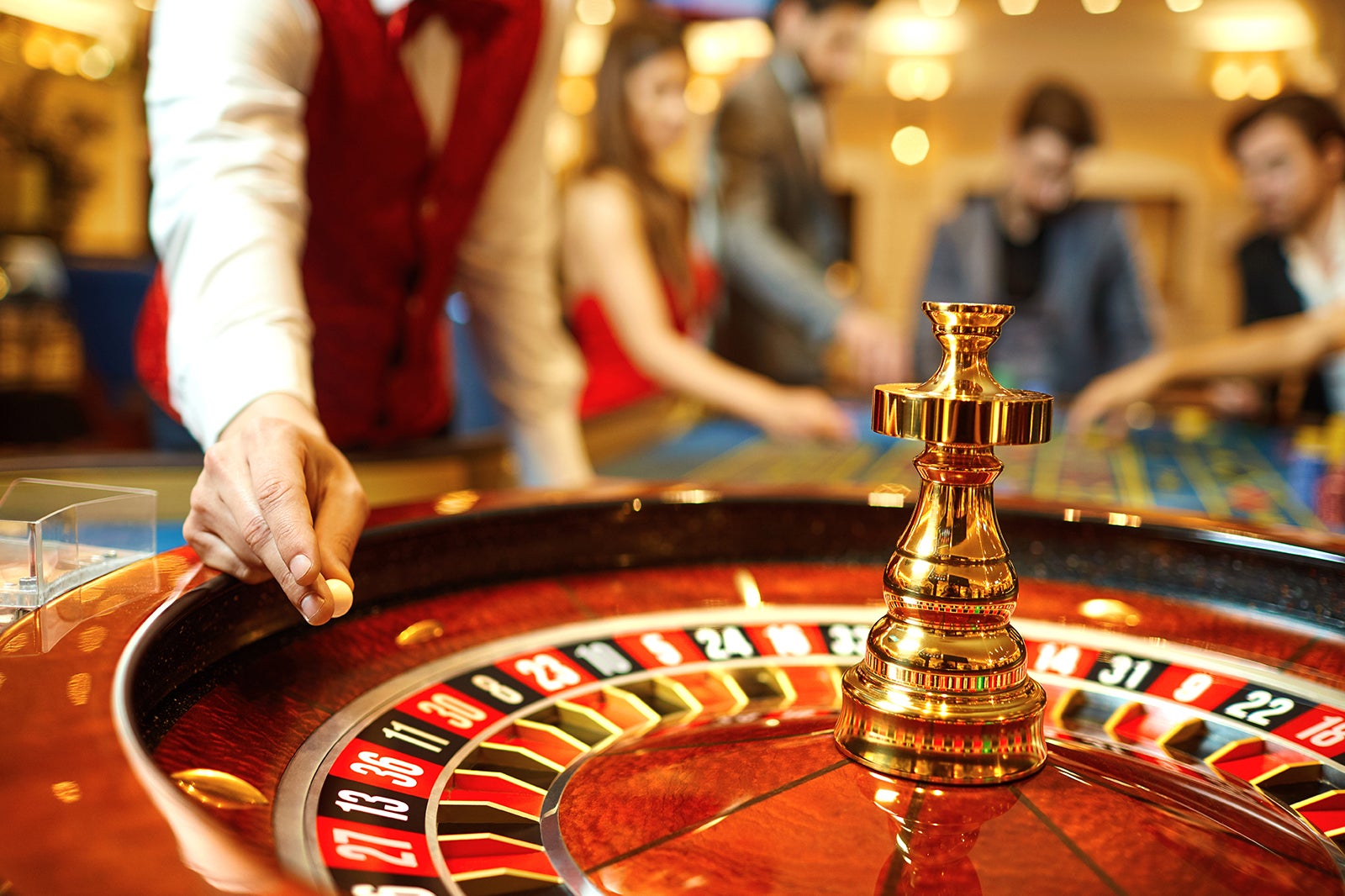
The world of gambling entertainment has long captivated participants with its combination of excitement, tactics, and the excitement of luck. As tech advancements advances and the gambling landscape transforms, an exciting approach known as game-based learning has started to reshape the way we experience these traditional games. By incorporating gaming features such as competition, rewards, and monitoring advancement, gamification enhances player involvement and changes the old-fashioned casino environment into a much dynamic and engaging space.
Gamification in gambling entertainment not only draws to seasoned gamblers but also invites a fresh group of players who crave a more involved experience. With elements that encourage involvement and foster connection among players, the game-based elements infuse new life into beloved classics like casino poker, 21, and slot machines. In we dig further into this trend, we will explore how this trend is transforming the casino atmosphere, making it more accessible, fun, and rewarding for everyone involved.
Understanding Game Mechanics
Game mechanics denotes the application of game-like aspects in real-world contexts to improve player involvement and experience. In the realm of gambling, this concept has gained notable attention, altering conventional gaming into a more interactive and satisfying adventure. By integrating components such as scores, tiers, and rewards, casinos can create an atmosphere that drives players to engage more often and for longer times.
At the center of gamification is the desire to leverage the intrinsic desires of players. Gaming experiences that employ gamification methods are shaped to not only amuse but also to foster competition and success. Players are often drawn to the prompt feedback and advancement monitoring that these features provide. This not only maintains them involved but also cultivates a feeling of success as they achieve objectives and reveal new features.
Furthermore, gamification can boost social interaction among players, fostering a social atmosphere that improves the satisfaction of gaming experiences. Elements such as leaderboards, group contests, and teamwork activities allow players to connect with fellow players, share experiences, and battle in a good-natured manner. This social aspect adds another dimension to the gaming experience, rendering it more immersive and pleasurable for gamers.
Impact on Gamer Involvement
Game design methods in gaming establishments have greatly transformed the way players connect with their favorite pastimes. By including aspects such as prizes, scoreboards, and trophies, gaming platforms create an atmosphere that promotes a more profound bond between users and the games they prefer. This enhanced engagement contributes to prolonged gaming time and boosted player dedication, as players strive to unlock new milestones or obtain unique rewards.
Additionally, the interactive aspect of gamified casino games cannot be ignored. Several platforms allow users to battle against others or other users, which adds a layer of thrill and camaraderie. This competition drives engagement by appealing into users’ desire to win, motivating them to revisit for additional in order to enhance their standings or display their achievements. As a result, the social interactions foster a spirit of belonging that encourages gamers coming back.
Moreover, the immediate feedback and recognition provided by game elements serve to encourage players. non GamStop It may be a message of a additional accomplishment or the thrill of earning a prize, these instant gratifications play a crucial role in maintaining attention. By constantly offering gamers for their efforts, casino games become more than just a pastime; they transform into an interactive experience that captivates gamers and improves their pleasure.
Trends in Casino Game Design
The landscape of casino game design is continuously evolving, driven by tech innovations and changing player preferences. One notable trend is the integration of immersive technologies, such as VR reality and AR reality, to enhance the gaming experience. Such technologies create a more engaging environment, allowing players to perceive as though they are in a real casino, which can lead to prolonged play sessions and heightened player satisfaction.
Another trend is the inclusion of storytelling elements into casino games. Game designers are concentrating on narratives to create a stronger connection between the player and the game. This narrative-driven approach not only makes the games more enjoyable but also motivates players to engage emotionally, which can enhance their overall experience. By blending traditional gaming mechanics with captivating stories, developers are drawing in a broader audience who may not have previously engaged with casino games.
Lastly, the emergence of social gaming features is reshaping how players interact with casino games. Many games now feature social elements, such as broadcasting achievements or competing with friends, to promote social interaction and engagement. This trend reflects a shift towards a more participatory experience, where players can connect with others, sharing their enthusiasm and challenges. As casinos adapt to these social dynamics, the experience of gaming becomes not just about individual play, but also about building connections among players.